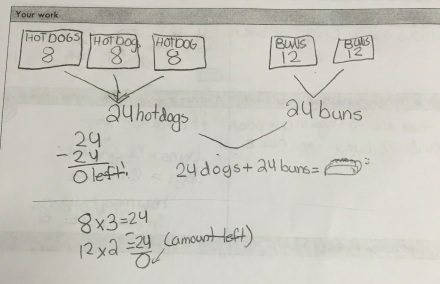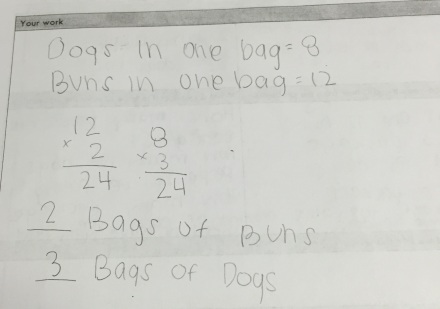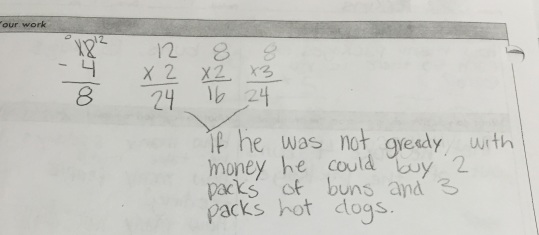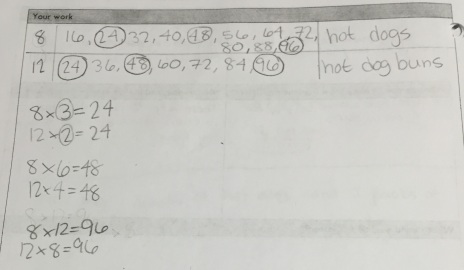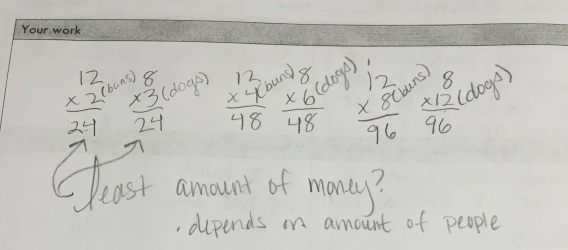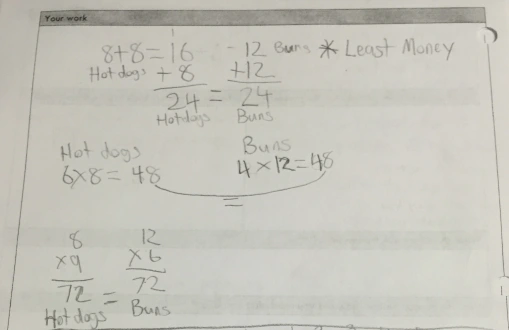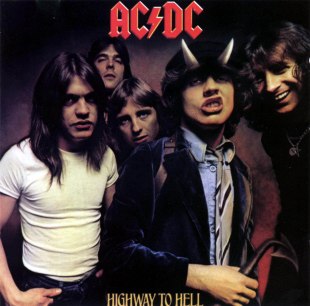
When people learn that I am a teacher, they think I’m brave.
When people learn that I am a middle school teacher, they think I’m crazy.
When people learn that I am a middle school math teacher, they think I’m absolutely insane.
Talk about a trifecta.
It’s true. Many of my friends who are not educators have told me many times that teaching is an incredibly noble profession. If they thought otherwise, I wouldn’t still be calling them my friends. But, as our conversations continued, some of my friends would say that teaching 150 + students sounds like a living hell. My usual response is: “You know what? Kids are hilarious and fun.”
It’s true. I recently came across this tweet by Matt Vaudrey who said it perfectly.
Matt hit the nail on the head. If we didn’t love kids, then we would hate this job we call teaching. That’s been the one thing that I’ve missed the most being out of the classroom. For the past four years, I’ve been a Secondary Math Teacher on Special Assignment in my school district supporting my colleagues with the transition to the Common Core State Standards for Mathematics. Many people thought I took this job because I didn’t want to work with kids anymore or that I was looking to advance my career, which couldn’t be further from the truth. I took this job for one reason … I wanted to learn more. At the time, I didn’t know much about “Common Core Math” and saw this as a great opportunity to gain a better understanding of these changes in math education, to learn about best practices and to network with other great educators.
Originally, this job was going to be a two-year gig… And I’m now closing in on year four.
For the past three school years, around this time, I’ve been asked, “Would you like to continue being a Math TOSA?” Every year, I would lose sleep over this question and play through all the “What if…” scenarios. There were always so many unknowns and it always felt like whatever I decided to do, I would be letting someone down — my team, my colleagues, my supervisors or the students. My poor wife…bless her heart…she saw me “behind the scenes” as I kept changing my mind pretty much every hour for weeks on end.
I don’t regret becoming a Math TOSA or deciding to continue these past two years. I look back on each year knowing that I made the right decision. I learned a ton, met amazing people, and pushed myself outside of my comfort zone and it has made me grow as an educator. One of my favorite things has been working with so many students in my district from all different grade levels. It was always a treat when I would run into one of my old students at one of our high schools. It always tripped me out seeing how much they’d grown up and hearing about their future plans to attend college. Every time, I couldn’t help but say to them, “I’m so proud of you. That made my day.”
I wouldn’t have had this experience if I was a full-time teacher. I was hell bent on continuing to be a Math TOSA again next year, but something was different…
I realized more and more that I miss teaching so much.
This time though, it was really weighing on me…
A few months ago, I was in a meeting with my director and we were reflecting on the past few years. She asked me, “What’s the biggest thing you’ve learned from your experience as a Math TOSA?”
I sat there, silently reflecting for at least 10 seconds (which felt like an eternity), and I found the words and said:
“I’ve learned that I have a lot to learn.”
Here are just a “few” things that I’ve learned being a Math TOSA, in no particular order…
I learned from Nanette that I need to challenge my assumptions and how important (and fun) it is for us to be and continue to be math learners.
I learned from Robert that I need to be more vulnerable and transparent in everything that I do.
I learned from Audrey the importance of developing a clear vision and communicating that vision to all parties involved.
I learned from Shannon, Meghan, Adam, Linda, Heather, Wes, Jenn, Brittany, Desi, Lynda and Andrea that I can learn so much from elementary mathematics.
I learned from Chris that I need to do a better job reaching and teaching “those” kids.
I learned from Cathy that I need to look beyond my “fish-eye” lens and seek out my hiding students.
I learned from Megan that we are powerless but still have power to make long, lasting difference and change the world.
I learned from Graham that I need to put the work in to find out where students are in terms of their progression of learning and how interconnected elementary and secondary mathematics really are.
I learned from Zac that kids have important mathematical ideas.
I learned from Dan that I need to get damn good at problematizing my questions, both with students, colleagues and myself.
I learned from Andrew be a better listener and ask more thoughtful questions.
I learned from Tracy to make school math like real math.
I learned from John that I need to provide more WTF moments for students.
I learned from Chase to measure what I value.
I learned from the Classroom Chefs, John and Matt, the importance of taking risks and that I have to believe and trust that my students will give their best if I ask them to.
I learned from Kassia the importance of play in the classroom.
I learned from Kaneka that I need to invite more people to the party.
I learned from Max that 2 is really greater than 4.
I learned from Annie that I need to ask kids what they notice and wonder.
I learned from Michael that I need to do a better job sharing my journey as an educator, whether good or bad.
I learned from Fawn that where I am meant to be is back in the classroom with kids.
So after 4 years of being a Secondary Math Teacher on Special Assignment, I’ve decided to return to the classroom next year. The excitement running through my veins reminds me of when I was a student teacher back at UCSB. And yes, I’ll be returning to teach middle school math.
One of my favorite songs seems so fitting when I think about next year. AC/DC said it best in one of their most iconic songs “Highway to Hell”.
Don’t need reason, don’t need rhyme
Ain’t nothing I would rather do
Going down, party time
My friends are going to be there too
I’m on a highway to hell
So, next time someone says to me, “You’re a middle school math teacher?! That sounds like hell.”
My new response: “Hell ain’t a bad place to be.”
See you out there, friends. I look forward to collaborating and learning from you, #MTBoS, the ultimate professional learning network. Let the party begin.
For those about to rock, we salute you! \m/ \m/


